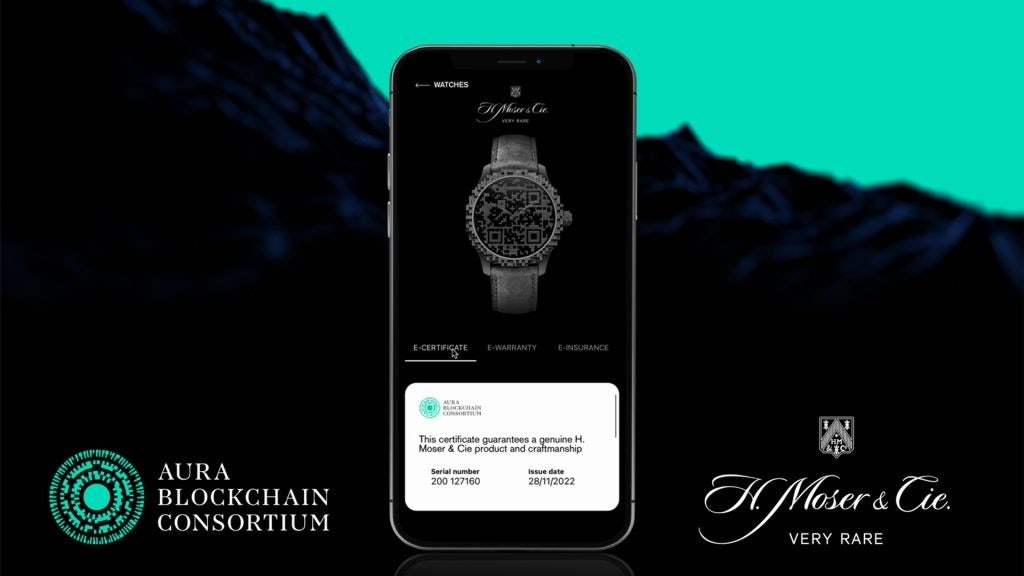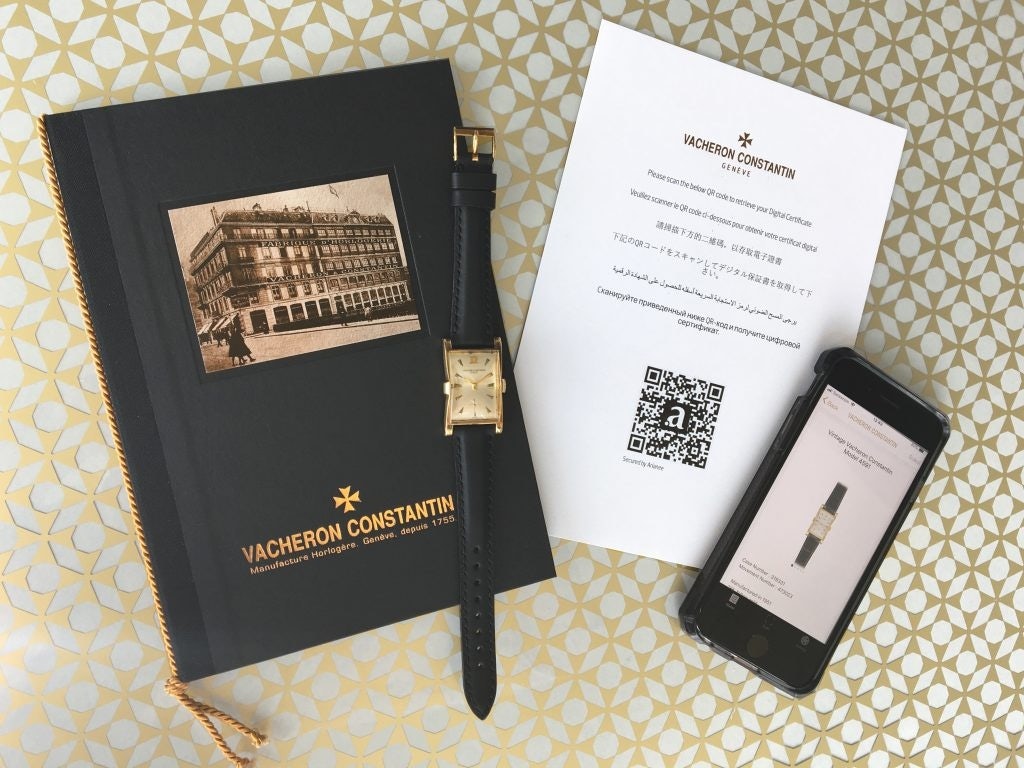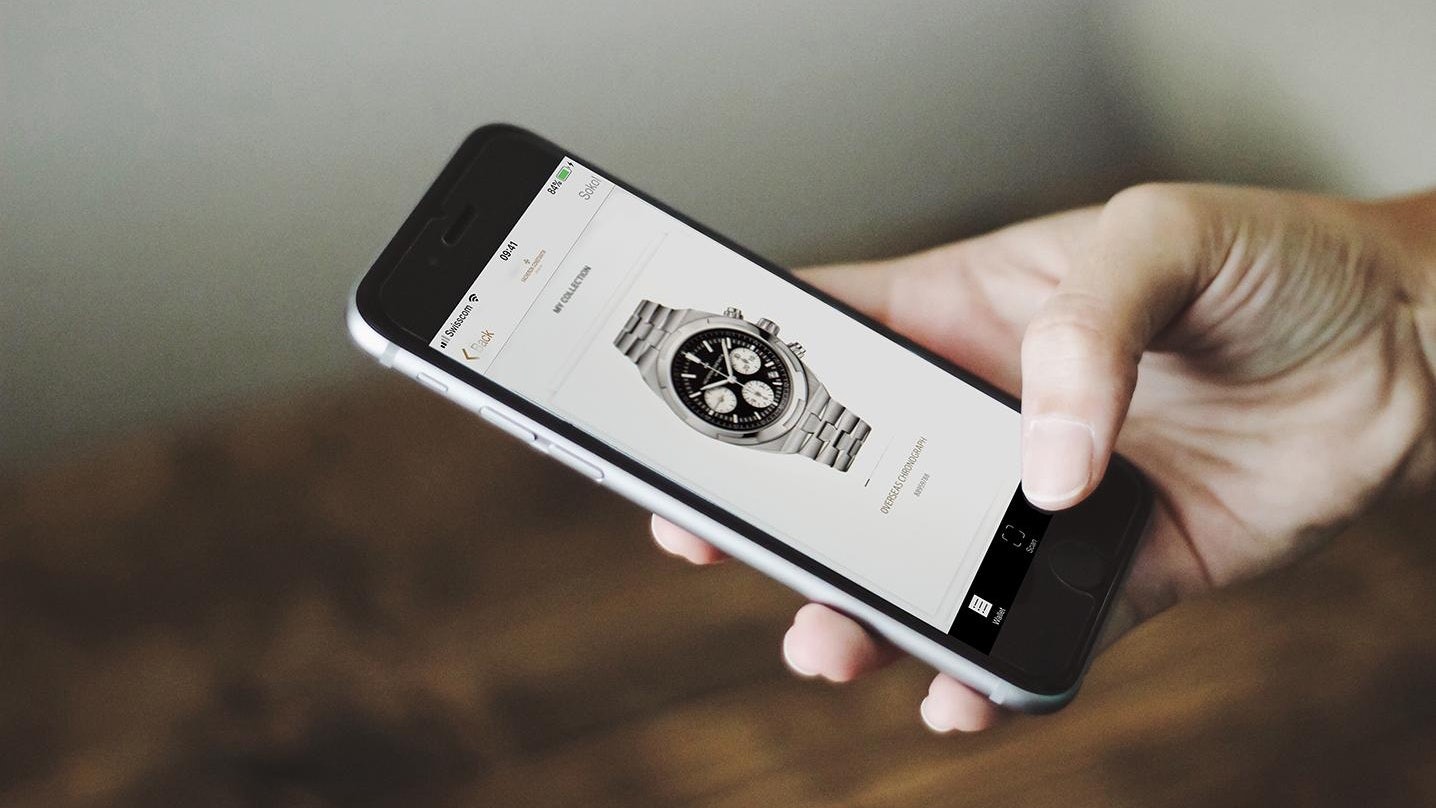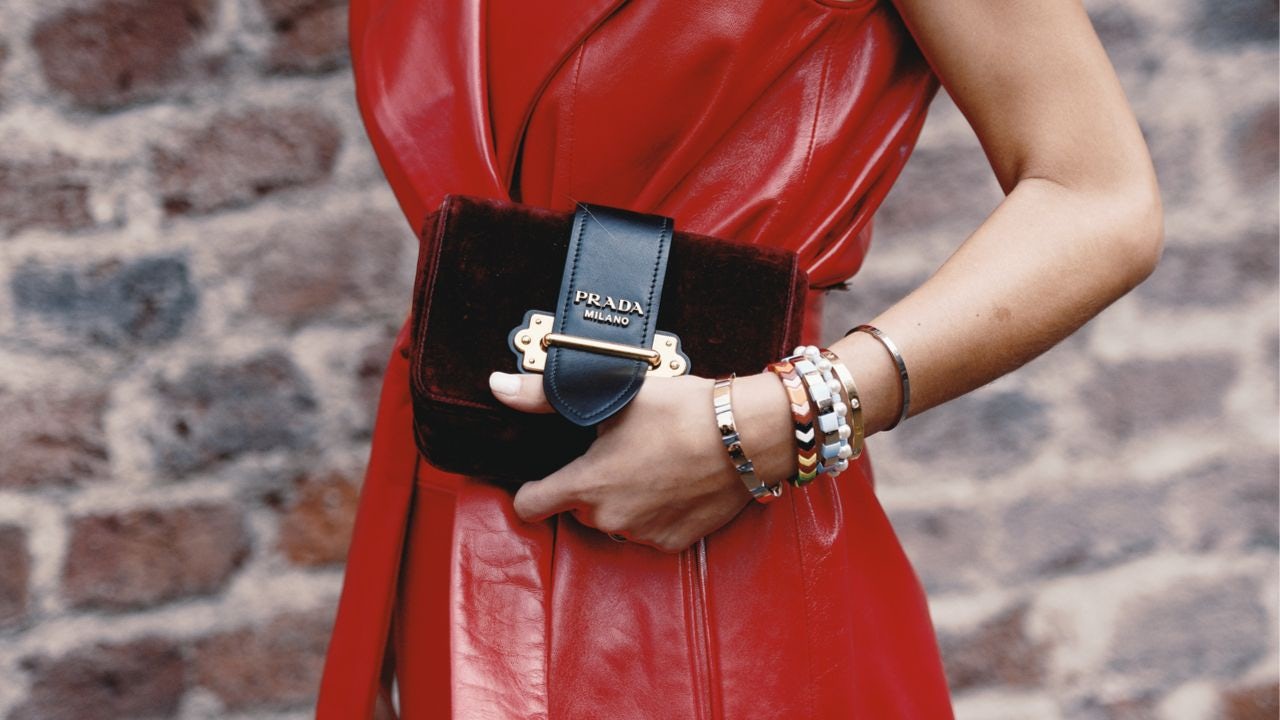After losing an estimated 98 billion (672.4 billion RMB) in a single year due to counterfeiting, the luxury industry is embracing a tech-forward crusade to veto the imitation market. The sector may not be able to stop the production and sale of replicas, but it can make it easier for genuine luxury buyers to validate the real thing. For instance, the next time you buy a legitimate luxury handbag, chances are that it will come with its very own verifiable and traceable digital identity.
How blockchain technology works for tangible luxury goods#
LVMH, Prada, Mercedes-Benz, OTB, Richemont, and more are fervently implementing blockchain technology into it's businesses thanks to its effectiveness in tracking and trading luxury goods.
Brands and owners can trace various aspects of a luxury product’s life cycle using the tech’s database mechanism. These include authenticity, origin, warranty, repairs, and even history of ownership. “We have already ingested 20 million units on blockchain” says Daniella Ott, General Secretary at Aura Blockchain Consortium, which in 2021, was by competitors LVMH, Prada, OTB and Richemont. The association promotes the use of a single global blockchain solution open to all luxury houses, and more are joining, such as independent Swiss watchmaker H. Moser & Cie.

“For a handbag, when a brand joins the Aura Consortium and takes our software license, we identify an anchor with them. The anchor is the connection between a product and the blockchain,” Ott continues. Each item is lined with either an RFID (Radio Frequency Identification) or NFC (Near Field Communication) chip, which can then be scanned by authorized parties to reveal its history. The “anchor” also varies in type depending on the physical nature of the product. “For Prada gold, we used a QR code on a separate piece of paper,” she explains.
Achieving transparency and trust with blockchain#
For luxury, authenticity is often the main objective. But brands are also utilizing blockchain to enhance transparency and trust. “Today’s consumers want to know that their purchases have been responsibly sourced and increasingly expect evidence of this, rather than just verbal assurances,” observes Jason McIntosh, chief product officer at De Beers Group's B2B blockchain solution Tracr.
Proving ethical sourcing is key to maintaining reputation in the natural diamonds industry. The world-leading diamond company De Beers, “has made a commitment to provide the origin and impact of every diamond we discover and sell by 2030. Tracr will play a central role in our efforts to achieve this,” McIntosh outlines.
Tracr uses a combination of blockchain technology, artificial intelligence, and advanced privacy to track the journey of each diamond throughout the value chain. This includes the cutting and polishing processes. “In the case of a polished diamond, the data record contains its entire history, including the provenance of the rough diamond it came from,” McIntosh adds.
Such capability is vital as for brands, it all comes down to their credentials. Trust can only be achieved if the data on the digital ledger system is valid and protected from interference. McIntosh dissects the process: “Transactions (on the blockchain) are recorded only once and can never be changed, even by the user who uploaded them in the first place. This means no participant can change or tamper with data once it has been recorded on the blockchain, making the data immutable.”
Achieving sustainability and circularity in the luxury industry with blockchain#
In 2020, King Charles, the Prince of Wales launched the Sustainable Markets Initiative Fashion Task Force (FTF). The group is now working on building a digital ID system which will inform consumers on the sustainability credentials of their garments. This system will permit key players in the fashion value chain — including manufacturers, brands, retailers, resellers, and recyclers — to ensure transparency and traceability for the products they sell.
“The fashion industry is an incredibly creative and economically powerful world. But if it is to survive — and indeed thrive — in the future, it has to use technology to put sustainability at the very heart of its operating models,” Federico Marchetti, chair of FTF and founder of the Yoox Net-A-Porter Group, asserts. “This is what consumers are demanding and it is what the planet desperately needs.”
Aura Blockchain Consortium, a partner in this coalition, is leveraging its technology to help members of the FTF achieve their sustainability goals. To simplify the supply chain tracking process, Aura’s blockchain technology “allows brands and also their suppliers to write data into the blockchain, without the need for any coding knowledge,” remarks Ott.
Circularity is another essential touchpoint. In 2021, the global luxury resale market was valued at 32.61 billion (223 billion RMB). By 2026, it is likely to reach 51.77 billion (354 billion RMB). Blockchain technology’s distributed ledger (or record keeping) system facilitates luxury brands to encourage easy, ethical resale of their products.
High-end watch brand Vacheron Constantin uses Arianee, a blockchain solution, to register its watches and provide buyers with a digital passport which can be transferred between owners. The process creates an anonymous link between consumer and label. It also enables investors to insure the product, declare it lost or stolen, and share or prove its ownership. “Brands can also program a royalty clause into the smart contract of the blockchain,” Ott, from Aura Blockchain Consortium explains. “When a person sells a luxury product to another, the brand can earn a commission.”

While blockchain brings new solutions for authentication and transparency, its application on diverse value chains will not be easy. But the rewards are significant. Change is coming, and perhaps what will be most interesting is how the customer experience evolves as these processes normalize within the industry. The emotional relationship at the heart of luxury — between a brand and its devotees — will be marked and transformed by the implications of this technology.

